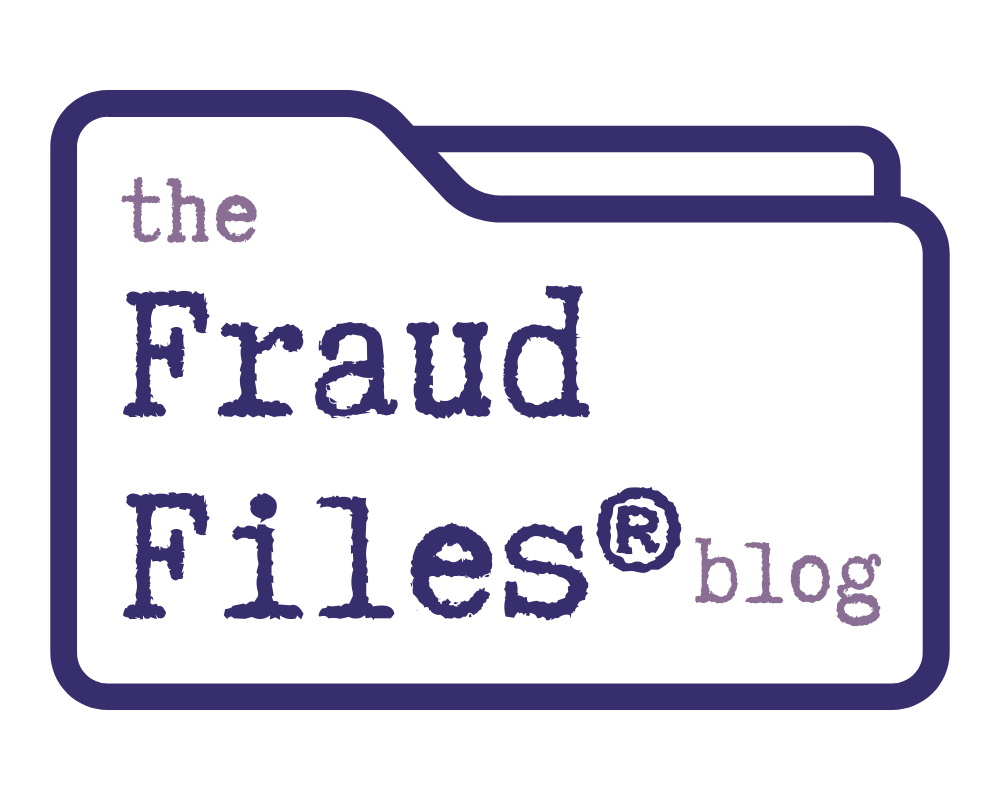WisOpinion.com
By Robert Miranda
Supervisor James G. White’s resolution calling for Milwaukee County to hire an independent firm to do a forensic audit of the Milwaukee Public Museum finances has been unanimously approved this week by the Milwaukee County Board.
“I think it is an important step,” White says. “Now we just have to be sure that the auditor and the process are as independent and impartial as possible, and I would urge my peers to try and find someone that does not already have an established relationship with the county. We want the process to be as thorough and as clean as possible.”
White is seeking a forensic audit in order to look for fraud and criminal conduct in the museum’s financial chaos now threatening to cost taxpayers over $30 million.
White says the museum has yet to divulge any fiscal information regarding fraud or criminal conduct because the audit produced by the county and sent to the Milwaukee County district attorney did not look specifically for fraud and criminal conduct. The passage of the resolution comes after months of stonewalling to have the item placed on the agenda of the Finance and Audit Committee. During the meeting, Assistant District Attorney David Feiss told the committee that he was focusing his efforts to find any corruption at the Milwaukee Public Museum.
However, White questions Feiss’ statement because he feels that the county audit does not provide the details needed for the DA’s office to conduct an efficient investigation.
In an article published by the Wisconsin Law Journal, “Forensic Accounting: A New Twist on Bean Counting,” Tracy L. Coenen, author of the commentary, points out that forensic auditing is much different than your everyday accounting because it “…involves different skills. …In addition to this, forensic accountants need an ability to effectively apply investigative techniques.”
The article further states that ‘forensic accounting engagements are usually geared toward finding where money went, how it got there, and who was responsible.”
White states that the audit produced by the county auditors is deficient in details that would help the DA’s office fill in the gaps needed to explain “holes” in the museum’s fiscal audit.
Indeed, Coenen’s article backs this statement. Coenen writes, “There may be holes in the data, and a good forensic accountant can fill in some of the gaps with good estimates or explain why those gaps aren’t filled.”
White states that there are gaps in the museum’s fiscal health and lingering questions about why those gaps occurred, what was done, and how it was done to repair the situation.
White says that the information Feiss is looking at is not forensic audit detailed, so he is concerned that Feiss might miss details that would help him locate fraud and other criminal activity.
White says the county audit Feiss is reviewing is a “regular” type of audit which would prevent Feiss from doing what Coenen states is a good investigative job.
At present, Feiss told the County Board’s Finance and Audit Committee that District Attorney E. Michael McCann is going to provide him with “all the resources necessary to complete the museum probe.”
This is good news; however, what is Feiss to do when he lacks information explaining mixed up accounts that make no sense?
In a related matter, White has asked county board research staff to draft a resolution calling for the phased-out removal of the remaining members of the museum board of directors. “When questions about financial irregularities, and questionable transactions totaling less than $500 thousand dollars came to light regarding the now defunct OIC, there was an outcry from grandstanding politicians, talk radio pundits, and even the Journal Sentinel editorial pages for the guilty to be punished, the funds to be recovered, and for the chairman and the entire OIC Board of Directors to be removed.
“The museum should have had a positive cash flow, because it was forgiven a $4 million dollar loan by the county board, and because the county transferred over $16 million dollars in trust funds to them. Now, in just a few short years, the museum is nearly $30 million dollars in debt.”
If we learned anything from the OIC backlash, it is that restoring confidence begins with holding those in leadership accountable for serious failure, and dereliction of duty. White states that “with the exception of the newly appointed members, the entire museum board needs to be removed. They should be phased out within three to six months and replaced with an entirely new board.”
Dan Finley, new director at the museum, has a massive long-term undertaking in trying to save this institution — and he is being paid a handsome salary for his efforts. Without removing the board, how can the county judge his efforts or hold him accountable when the same board that failed the museum is sitting there looking over his shoulders and monitoring every move he makes in order to protect themselves?
White is right. If they won’t step down, the county board should act to force the old guard museum board members out.



